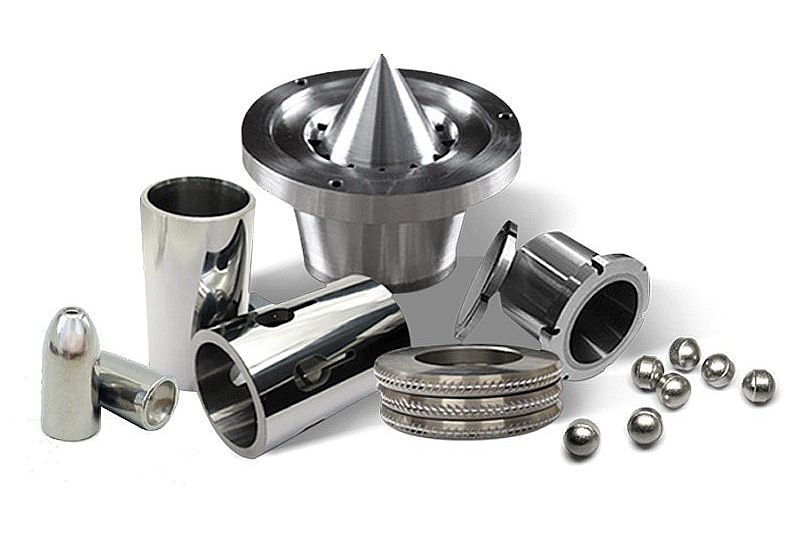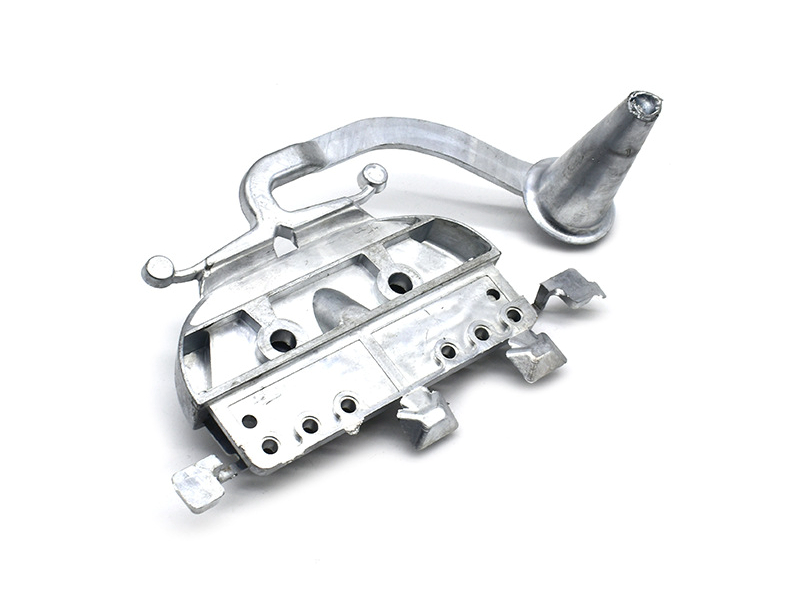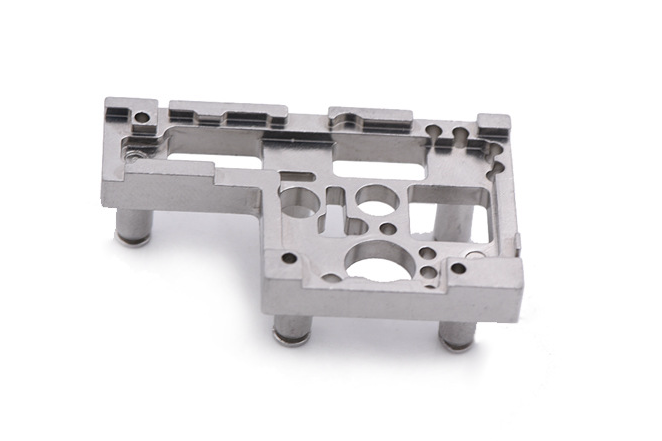How do Neway motor components meet automotive safety and reliability?
How do Neway motor components meet automotive safety and reliability?
Neway ensures that motor components for automotive applications meet stringent safety and reliability standards through robust material selection, precision manufacturing, controlled assembly, and process validation. From CNC machining prototyping to full-scale custom parts manufacturing, every step is engineered to guarantee consistent performance across high thermal, mechanical, and vibrational loads typical in automotive environments.
Automotive-grade material selection
Material reliability is critical for motor housings, rotors, shafts, stator cores, and connector interfaces. Metals such as cast aluminum, carbon steel, and cast stainless steel offer structural stability and fatigue resistance when produced via precision casting or aluminum die casting. Lightweight thermal housings may be made from alloys like A380 or ADC12 to balance cooling and structural performance.
Soft magnetic components for stators and rotor cores are formed via metal injection molding using specialized materials such as MIM Fe-50Ni and MIM Fe-50Co, offering high permeability and low core loss suitable for high-speed rotation.
Precision manufacturing for safety-critical features
To meet the dimensional and functional requirements of motor components, Neway applies high-precision machining and molding technologies. Critical rotating surfaces, bearing seats, and shaft interfaces are finished using CNC machining to ensure concentricity and runout control.
For complex shapes that require multiple materials, solutions such as insert molding and overmolding integrate bushings, metal inserts, seals, or connectors into a single structure, thereby boosting functional reliability while minimizing assembly errors.
NVH control, dynamic balance, and vibration resistance
Automotive motors must operate within strict NVH limits. Rotor components are dynamically balanced and validated to eliminate vibrational excitation during high-speed rotation. Structural elements undergo validation for fatigue resistance under real loading cycles. Surface processes such as tumbling, sandblasting, or nitriding remove burrs and improve wear resistance without affecting dimensional accuracy.
Thermal and environmental protection
Automotive components must withstand continuous thermal cycling, exposure to oil, and vibration. For aluminum housings, anodizing not only protects against corrosion but also facilitates heat dissipation. Steel components can be treated with phosphating or chrome plating to enhance their durability.
Where insulation or friction reduction is needed, Teflon coating and PVD coating are used to enhance performance without increasing thickness or altering dimensions.
Testing, validation, and traceability
Every motor component is validated using performance testing, dimensional checks, and material certification. Neway applies pilot runs, dynamic balancing checks, and inspection under prototyping workflows before entering mass production.
Once in production, quality and consistency are maintained through a digital traceability system, enabling every component to be linked to material batch, machine settings, inspection results, operator ID, and tooling version. This ensures regulatory compliance for automotive applications and supports long-term reliability verification.



